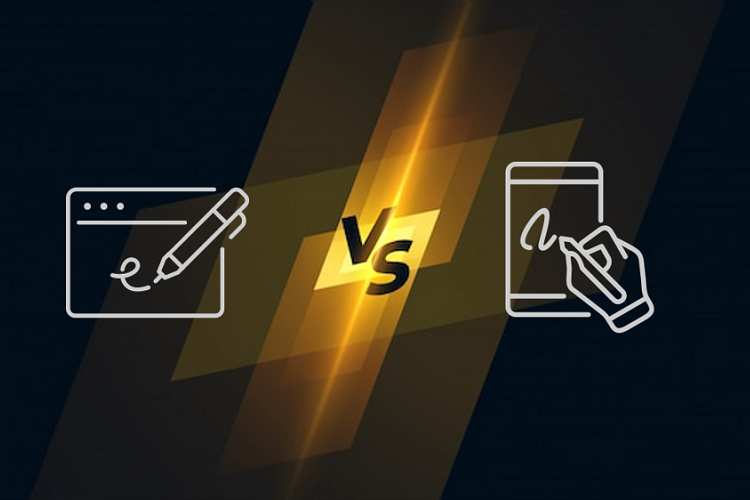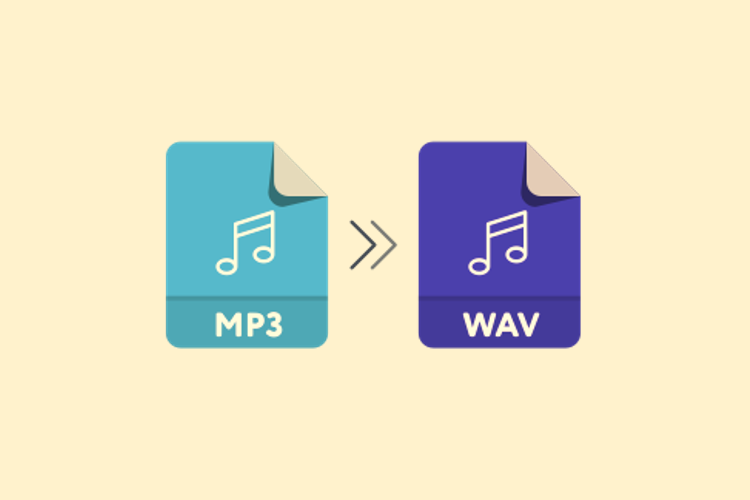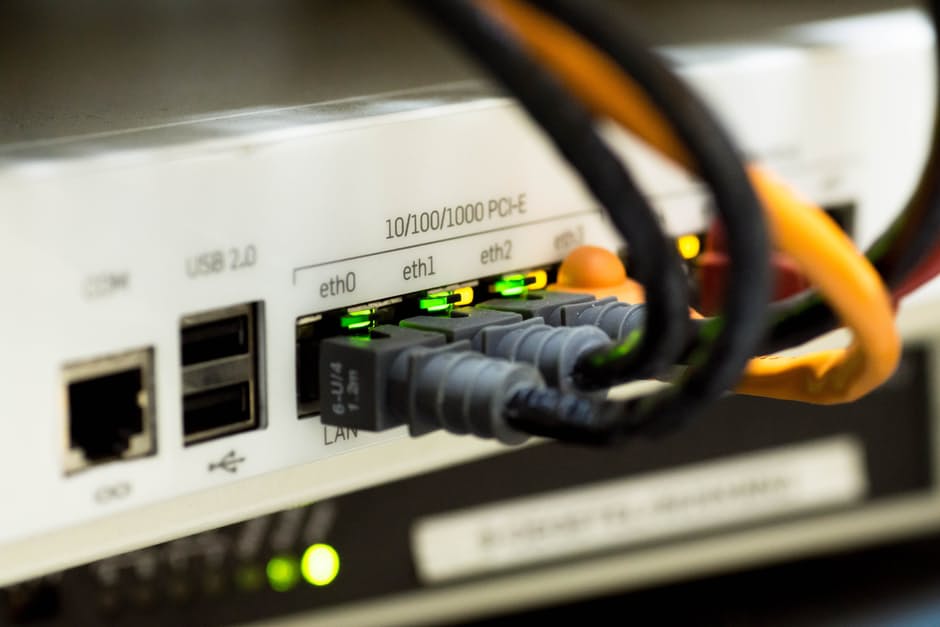Today I wanted to talk about the difference between an electronic signature and a digital signature. Both are becoming increasingly popular in today’s world, but there is an important distinction between them that you should be aware of.
In today’s world, where digital technologies are penetrating all areas of our lives, issues of security and identity verification play an increasingly important role. This is especially true when it comes to exchanging information and conducting transactions in a virtual environment. Two terms that are often used in this context are “digital signature” and “electronic signature”. But is there any difference between Electronic Signature vs Digital Signature? Let’s get to the bottom of it.
What is Electronic Signature?
What is electronic signature? An electronic signature is the electronic equivalent of a conventional paper signature. It can be scanned images of a handwritten signature created by special devices or electronic codes, which are a set of characters that prove authorship or approval of a particular document or communication. Esignature definition is to provide evidence of authorship, acknowledgement or agreement with the content of an electronic document.
Electronic signatures are widely used in the modern world, especially in banking, legal and business environments. They simplify the processes of signing documents and exchanging information, speeding up business transactions and reducing bureaucratic delays. However, electronic signatures are less secure and convenient than digital signatures.
What is a Digital Signature?
A digital signature is a cryptographic tool designed to authenticate the sender of a message and ensure the integrity of the data in a message or document. Based on complex mathematical algorithms, it uses a pair of keys: a private key and a public one. The private key is known only to the owner, while the public is available to everyone. The signature is created using the private key and verified using it.
Digital signatures provide a high level of security and reliability. They are tamper-proof and ensure the authenticity and integrity of data, making them the preferred means of exchanging sensitive information and conducting mission-critical transactions.
Electronic Signature vs Digital Signature
So, esignature vs digital signature. The main difference between electronic and digital signatures lies in the level of security, reliability and use cases.
-
Security
An electronic signature, being the electronic counterpart of a conventional signature, is easy to forge because it does not require sophisticated cryptographic methods to create. However, a digital signature, using a key pair and mathematical algorithms, guarantees a high level of security and impossibility of forgery without knowledge of the private key.
-
Reliability
Digital signatures are widely used where authenticity, integrity and non-repudiation are required. They are especially important in banking, government agencies, medical organizations and other areas where a high level of security and authenticity of data is required.
-
Use Cases
Understanding the specific use cases is crucial. Electronic signatures are suitable for a wide range of everyday transactions, while digital signatures are preferred for highly sensitive and legally binding documents.
More information you can read here.
Software Solutions and Services for Electronic Signature vs Digital Signature
There is an extensive set of software solutions and online services designed to create and verify both electronic and digital signatures. These tools play an important role in securing electronic documents and information exchange on the network..
- Adobe Sign is a popular service specializing in electronic signatures. It lets you easily create electronic signatures on various documents and speed up signing processes. Its intuitive interface makes it convenient for use in businesses that require quick document execution.
- DocuSign is another popular service for electronic signatures. It provides a variety of options for signing, tracking, and managing electronic documents and integrates with a variety of document management platforms and systems.
- HelloSign is a convenient and intuitive service for creating electronic signatures. It allows you to sign documents online, even on mobile devices. It has document tracking and management features.
- Pandadoc is a modern and multifunctional service designed to simplify the creation, sending and tracking of documents, as well as to ensure efficient document management and signature processes. It has become an indispensable tool in business environments that require prompt interaction with documents and a high level of workflow organization. One of the key advantages of Pandadoc is its comprehensive functionality, which covers the entire document cycle. Users have the opportunity to create documents from scratch, using a convenient editor and templates, which significantly speeds up the process of document preparation. This is especially important in business, where it is often necessary to quickly create presentations, contracts, invoices and other documents.
- OpenSSL is a popular cryptographic library that provides a wide range of functions for working with digital signatures. It gets you the opportunity to create, verify, and manage digital signatures using various encryption algorithms.
- GnuPG (GNU Privacy Guard) is a free implementation of the OpenPGP standards that includes functions for creating and verifying digital signatures. It allows users to generate key pairs, create digital signatures, and encrypt their data.
- Microsoft Authenticode is a technology used to digitally sign executable code and content in Microsoft Windows. It provides security and authentication for software by ensuring that files have not been altered after being signed.
Services specializing in electronic signatures, such as Adobe Sign, DocuSign, HelloSign and Pandadoc, simplify electronic signature creation processes and improve the efficiency of business communications. Specialized tools and libraries such as OpenSSL, GnuPG, and Microsoft Authenticode provide robust tools for creating and verifying digital signatures, ensuring data security and integrity. The judicious use of these tools, combined with proper information security practices, helps make digital interactions more reliable and secure.
Overall, electronic and digital signatures are reliable and effective tools for securing and authenticating electronic documents. The optimal choice between electronic and digital signatures depends on specific needs and requirements, and the proper use of these tools contributes to a secure and efficient digital environment.




